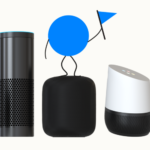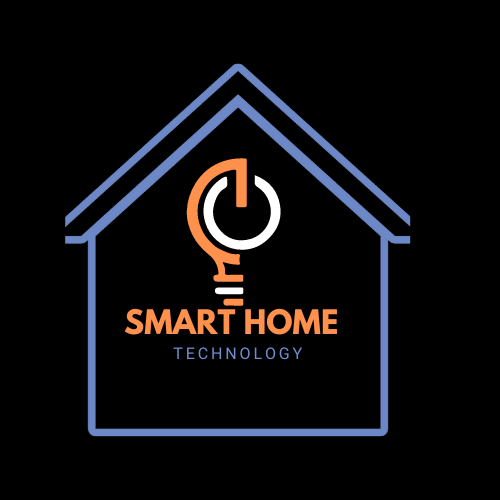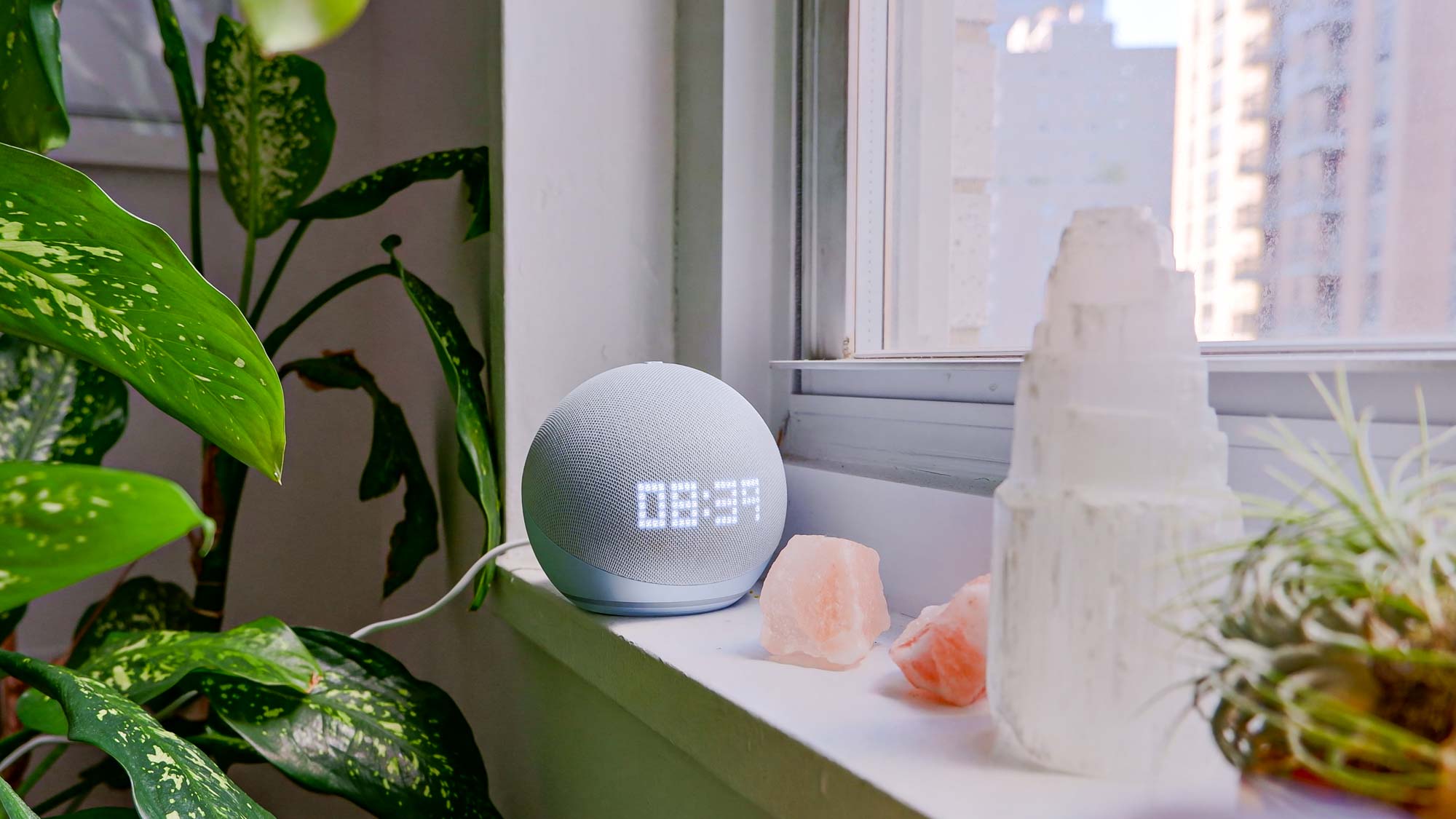

Table of Contents
Do you want to turn your house into a bright, futuristic haven? The truth is that smart home systems are now much more than a luxury. They’re a way of life! The first time I used my virtual assistant to turn down the lights was like stepping into the future; the memory will never fade. The options might be bewildering, especially because voice-controlled smart home devices are becoming more intelligent and user-friendly year.
No matter where you are in the home automation journey, 2025 offers a range of state-of-the-art solutions to meet your needs. From energy management to entertainment control, there’s something for everyone. This article will compare and contrast the best voice-controlled smart home systems available and explain why each is a good choice. Come on, let’s get started!
What Makes a Great Voice-Controlled Smart Home System?
Selecting a voice-activated smart home system may overwhelm one with the choices. Though not all systems are equal, many bright devices with interesting capabilities are available. I have discovered over time that the finest systems have a few fundamental traits that distinguish them. This is what to search for regardless of your level of experience—from complete novice to seasoned techie:
Compatibility: A Smart System Should Play Well With Others
Establishing my smart home has taught me, among other things, the value of compatibility being everything. Once, I purchased a beautiful smart thermostat, but it was incompatible with my current smart hub. Significant error. It meant juggling many applications merely to operate my devices—so annoying.
The best systems are made to work perfectly with many different brands and devices. You want everything under one virtual roof, whether you are managing your lights, locks, cameras, or coffee maker. Search for systems supporting common standards such as Matter, Z-Wave, or Zigbee. These systems guarantee that your gadgets can “talk” to one another regardless of brand.
Ease of Use; Keep It Simple, Silly
A smart home system should simplify rather than complicate life. For this reason, simplicity of usage is essential. I can’t count the times I have spent debugging a system that was too difficult to set up or operate. The good news is that most top-notch systems now have simple voice commands and easy applications.
For instance, Google Assistant and Alexa shine here. Just say, “Alexa, turn off the lights,” and blast. Apps will help you avoid learning complex instructions by memory or fumbling. Easy-to-use interfaces and configurable systems guarantee that even the least tech-savvy people can profit from home automation.
Privacy: Protecting Your Data Is Non-Negotiable
Let us consider privacy the elephant in the room. I know to ignore this aspect when you’re thrilled about new devices. You don’t want to disregard it, though, believe me. Your smart home system will gather much information about your behavior; hence, you must ensure its security.
Apple’s HomeKit, for example, is renowned for its strong advocacy for privacy. End-to-end encryption means Apple cannot even access your data. Other sites like Google and Amazon also have privacy settings, but you must investigate their choices to fit you. Always review the tiny print to be sure your information is safeguarded. Pro tip: Steer clear of systems from unidentified brands with dubious privacy policies—that risk is not worth it.
Integration With Popular Platforms (Alexa, Google Assistant, Siri)
This changes the game. A solid, smart home system should fit very well with your preferred voice assistant. Whether your preferred platform is Siri, Google Assistant, or Alexa, having your system operate with one of these platforms guarantees seamless operation.
Every platform has some advantages. While Google Assistant boasts unparalleled AI smarts for answering inquiries, Alexa is renowned for its connectivity with many devices. Siri is ideal for Apple aficionados seeking close connection with their iPads, iPhones, and Apple Watches. I suggest keeping to your current platform; it will save you time and trouble.
Smart Device Compatibility and Ecosystem Expansion
A smart home system is not a one-time acquisition. It’s a purchase into a developing environment. As you assess systems, consider the long term. Would this system allow you to add more devices later on? Can you adjust your configuration as your demands evolve?
For example, I began with only a smart speaker, but within months, I added a thermostat, bright lighting, and a video doorbell. A system must enable growth without sacrificing budgets or creating compatibility problems.
User-Friendly Apps and Customization Options
Not least of all, let us discuss applications. The app must be responsive and easy to use, as it functions almost as the command center for your bright house. Some systems, such as SmartThings and Home Assistant, have excellent customizing options that help you create thoroughly automated routines. Would you like your playlist to start when you enter the door and your lights fade? With the appropriate software, it’s entirely possible.
Look for characteristics including:
Custom routines (like “Good Night” mode that locks doors and turns off lights)
Remote control will let you run your house from anywhere.
Use knowledge (monitor energy use to cut costs)
Consider what is important to you when selecting a voice-activated smart home system. Perhaps you value privacy or want a simple system that can be extended. Give compatibility, simplicity, and a great connection with your preferred voice assistant top priority. Remember that your smart home should simplify rather than complicate your life. Make intelligent decisions now to enjoy your finest futuristic life in the distant future!
Top Voice-Controlled Smart Home Systems for 2025
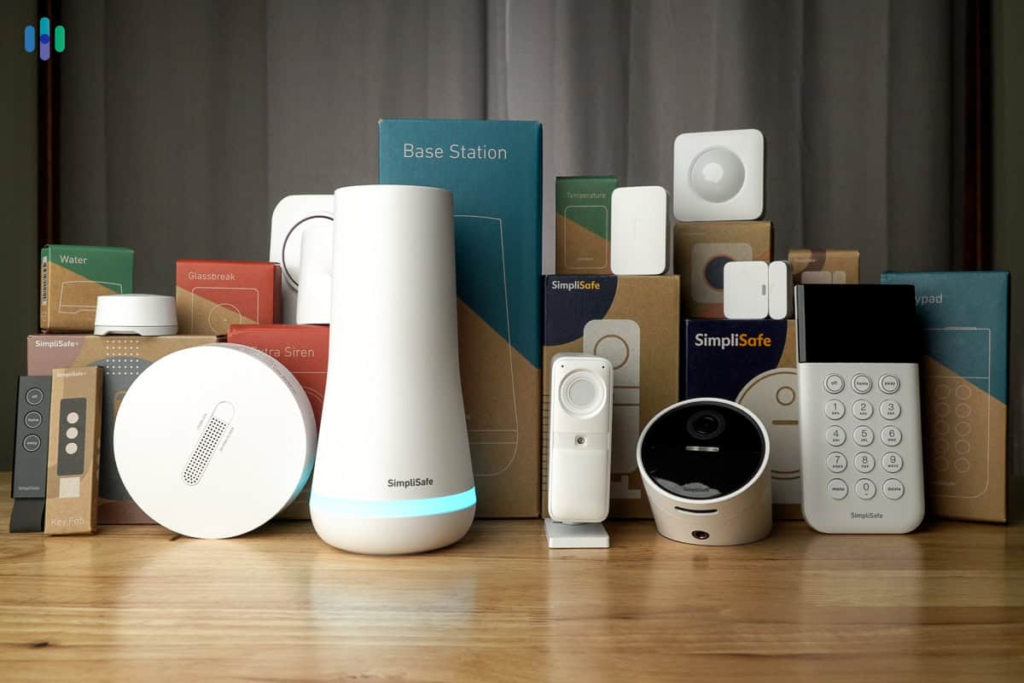

There is intense rivalry for the top voice-activated smart home systems of 2025. After plenty of testing and tinkering, let me tell you specific systems shine more than others. Here are my best choices whether your search is for a cheap system or a strong ecosystem:
Synopsis of the top systems available today
Characteristics that differentiate them
Value for money vs price
Amazon Echo Smart Home Hub (5th Gen)
This is true if you’re all in on Alexa. The fifth-generation Echo Hub effortlessly links with more devices than ever, including lights, thermostats, and security cameras. Moreover, the enhanced voice recognition technology makes Alexa seem to be getting better than she used to be.
Google Nest Hub Max (2nd Gen)
The Google Assistant’s capacity to practically answer almost anything—serially, it’s like talking with a tech-savvy friend—has always delighted me. Combining voice control with a bright touchscreen ideal for multitasking between streaming films and device management, the new Nest Hub Max advances that.
Apple HomePod Mini (2025 Update)
Apple’s revised HomePod Mini still sets the benchmark if your first focus is privacy. Siri works wonderfully with Apple products and, owing to sensor-based triggers, allows you to manage your smart home with just a few words or a glance.
Samsung SmartThings Hub V4
Samsung’s SmartThings Hub is the best tool for personalizing everything. The freedom is unparalleled. I programmed mine to handle everything from morning alarms to sleep rituals automatically.
Wyze Smart Home Ecosystem
Budgetwise? Wyze presents reasonably priced gadgets without compromising quality. Their cameras and smart plugs fit into a brilliant, simple, voice-activated system.
Here’s a short tip: Make sure any system you decide upon connects with your current gadgets. Trust me; discovering that your preferred innovative bulb brand does not play well with your bright new hub is nothing worse. Smart home technologies run under voice control and are developing quicker than ever; 2025 offers some fantastic choices. Whether you’re team Alexa, Siri, or Google Assistant or investigating alternatives like SmartThings, a solution out there will simplify, maximize, and make your life more enjoyable.
What, then, is your following action? Explore the systems that interest you, learn from user feedback, and sketch your perfect configuration. Home automation’s future is here; now is the time to make it yours.
| Feature | Description | Example/Key Brands |
|---|---|---|
| Compatibility | Simple setup, user-friendly apps, and intuitive voice command for effortless operation. | Amazon Alexa, Google Nest, Samsung SmartThings. |
| Ease of Use | Ensures robust data security with end-to-end encryption and transparent privacy policies. | Google Assistant: “Turn off the lights.” Alexa: “Play relaxing music.” |
| Privacy | Works seamlessly with principal voice assistants like Alexa, Google Assistant, or Siri for smooth automation. | Apple HomeKit offers strong encryption and minimal data collection. |
| Integration with Platforms | Smart homes predict temperature preferences or scheduling based on routines. | Samsung SmartThings supports expanding ecosystems quickly. |
| Device Ecosystem Expansion | Allows future additions like smart bulbs, thermostats, and cameras without compatibility issues. | Advances like AI-driven personalization, enhanced interconnectivity, and smart homes anticipate user needs. |
| Customization Options | Offers personalized routines, scheduling, and remote access through apps. | Example: “Good Night” routine locks doors, dims lights, and adjusts the thermostat. |
| Budget-Friendly Options | Provides affordable smart devices for those starting with automation without compromising quality. | Wyze offers affordable cameras and plugs with reliable performance. |
| AI-Driven Personalization | Learns user preferences over time for tailored automation and suggestions. | AI-driven Google Assistant adapting to your daily routines. |
| Tips for Setup | Suggestions for strategic device placement, secure network settings, and gradual system expansion to optimize performance. | Position hubs centrally for better coverage, use strong passwords, and enable two-factor authentication. |
| Future Innovations | Smart homes predict temperature preferences or scheduling based on routines. | Smart homes predicting temperature preferences or scheduling based on routines. |
How to Choose the Right System for Your Home
The ideal voice-activated smart home solution is not one-size-fits-all. Trust me; I have more than once gone through the trial-and-error stage. Here’s how to decide wisely without squandering money or time:
Evaluating your smart home needs
Ask yourself questions. tools, money, and priorities
Given your ecosystem—Apple, Google, Amazon, or independent systems—
Evaluate Your Needs
Before entering the smart home frenzy, ask yourself what main objective you have in mind. Are you running your lights automatically? Strengthening security Perhaps you wish for a completely integrated system capable of doing everything. Although I needed everything when I first started, the best approach to get started is to concentrate on your immediate requirements.
Know Your Ecosystem
Do you team with Apple, Google, or Amazon? Your present tools will significantly influence your choice. Apple’s HomeKit may be your best friend if you own an iPhone. Staying with Amazon makes sense if you already have an Alexa gadget on your kitchen counter. Although it is feasible to mix ecosystems, improper device syncing might cause issues.
Consider Your Budget
Many find themselves caught in this area. Friends have shown me spending hundreds on an elegant system they hardly use. From low-cost choices like Wyze to upscale configurations like Control4, smart home systems span budgets. Clearly define your budget; remember that you may always grow later.
Search for Harmony
Selecting a system that supports Matter or another universal protocol helps future-proof your configuration. You do not want to be left with gadgets that won’t interact when new standards develop. Trust me; I have visited; it is a nightmare.
Personal Experience Section: Overcoming Smart Home Integration Challenges
When I chose to make my home smarter with new devices, I imagined everything would work easily together. But the truth was different. I had problems with different brands not working well together, had trouble connecting devices, and found it hard to learn how to set up routines.
One big problem was connecting my old security cams to my new smart hub. Even though they are from popular names, they didn’t work well together on their own, so you needed extra apps and solutions. I spent hours reading online forums, trying different configurations, and even contacting customer support before finally finding a solution through IFTTT automation.
Another problem was the inconsistency of speech assistants. My family members liked different things—some used Alexa, and others liked Google Assistant—which caused conflicts over who could handle the devices. After some testing, I set up connections between different platforms so both systems could run simultaneously without interfering with each other.
These experiences showed me that smart homes are easy to use but need patience, study, and flexibility. My smart home works well because I learned about its limits and made improvements.
Tips for Setting Up Your Voice-Controlled Smart Home System
Establishing a smart home system might seem like building IKEA furniture—doable but sometimes horrifying. Here are some pointers to help the process go more smoothly based on my own—occasionally unpleasant experiences:
Start Small
On day one, avoid trying to run your house automatically. Instead, start with one or two primary devices, such as a smart speaker and bright lamps. Starting with only two lights and a Google Nest Mini, it was the ideal approach to ease into things without feeling overburdened.
Follow the Instructions
This seems straightforward, but I have learned that omitting manual processes can make connecting your hub to your Winetwork complex. When doing so, follow the setup directions closely.
Create Groups and Routines
Sort your equipment according to room or use it to simplify voice instructions. For instance, I arranged all of my living center lights so that I could say, “Turn off the living room lights,” rather than individually regulating them. Once you have perfect grouping, try routines like “Good Night” or “Movie Time.”
Position Your Devices Strategically
The location of your smart speaker or hub might affect its performance. Avoid placing it in dead areas with poor Wi-Fi or near loud equipment. I once put my Alexa speaker near the TV, and it kept misreading orders.
Secure Your Network
This one is big. Smart home gadgets can be hacked easily, so ensure your Wi-Fi network is safe. Whenever feasible, activate two-factor authentication and use a strong password.
The Future of Voice-Controlled Smart Homes
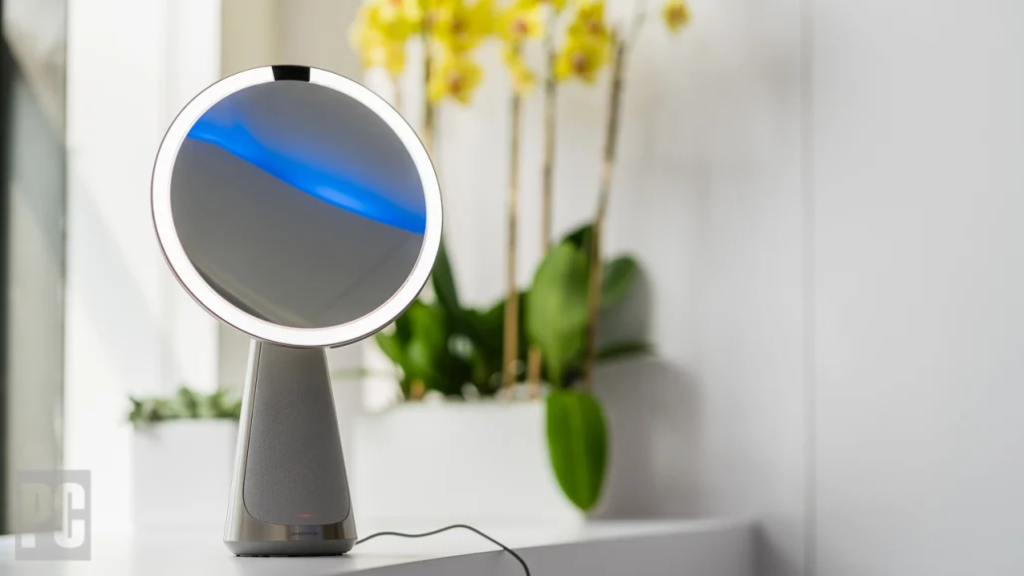

Smart homes under voice control are getting more innovative, customized, and ingrained into our lives—they are not only about convenience anymore. The future presents:
AI-Driven Personalization
Imagine entering your house, and your smart home recognizes what you need. AI is headed in that direction. Alexa and Google Assistant are among the systems that improve their understanding of your preferences and behavior. My Google Assistant has suggested practices I never would have considered, including turning on my coffee maker first thing in the morning.
Seamless Integration Across Devices
Smart houses have a far less scattered future as universal protocols like Matter become more common. Finally, we are headed towards a time when products from several manufacturers interact effortlessly. You should stop worrying about whether your smart thermostat will connect with your smart hub; it will.
Enhanced Privacy and Security
As smart homes become more powerful, privacy concerns become more sophisticated. Companies are emphasizing data encryption and giving consumers more control over the data they gather. Apple, for example, is already driving this trend, and other businesses are catching on.
Energy Efficiency and Sustainability
Smart houses also enable us to live more ecologically friendly lives. From smart thermostats that maximize energy use to systems tracking and lowering water consumption, sustainability is starting to take center stage. Thanks to automation, my energy bill has already dropped, and this trend will become more pronounced.
Smart Communities
Although this seems like science fiction, innovative technology is beginning to be used in specific communities. From shared energy systems to linked streetlights, the future is about smart communities rather than only smart households.
Conclusion
Voice-activated smart home devices are no longer a luxury for anyone trying to improve their living experience; they are a game-changer. Selecting the correct system and optimizing its configuration will help you build a house that perfectly suits your requirements. 2025’s portfolio offers something for everyone, whether your preferred platform is Alexa, Google Assistant, or another.
Start your journey towards better living right now! Which would be the most thrilling for you to use? Tell us or get in touch to get further insights.
FAQs
What’s the most affordable voice-controlled smart home system in 2025?
Wyze offers some of the best budget-friendly options without compromising on quality.
Can I use multiple systems together?
Yes, but it depends on device compatibility. Some hubs, like SmartThings, are designed to work across ecosystems.
How secure are voice-controlled smart home systems?
Security varies by brand. Apple and Google prioritize privacy, while third-party integrations may require extra caution.
What happens if the internet goes down?
Most systems have offline functionality for basic tasks, but features like voice recognition may be limited.
Are smart home systems worth the investment?
Suppose you value convenience, energy efficiency, and home security. These investments pay off in time and peace of mind.
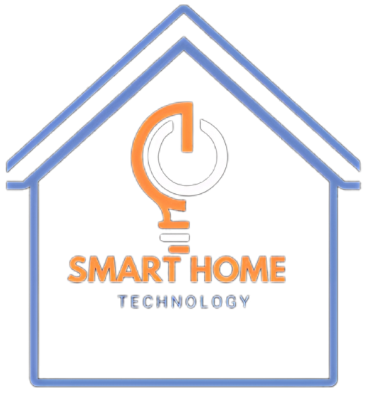
![Voice-Controlled Smart Assistants for Beginners: The Ultimate Guide [2025 Edition]](https://smarthomze.com/wp-content/uploads/2025/01/image-115-150x150.png)
